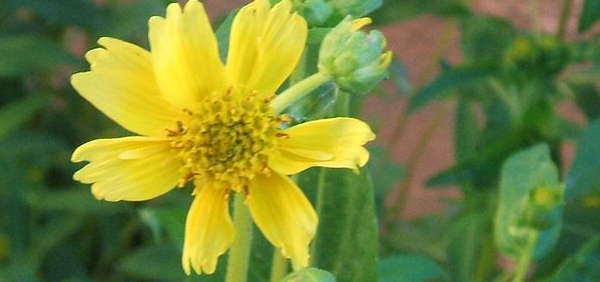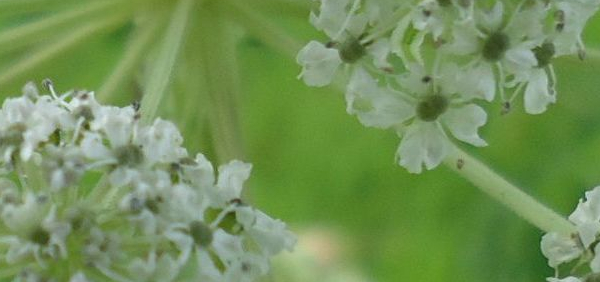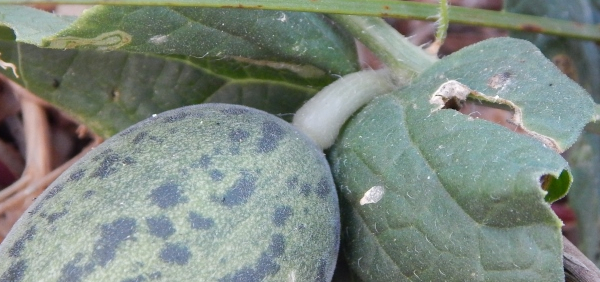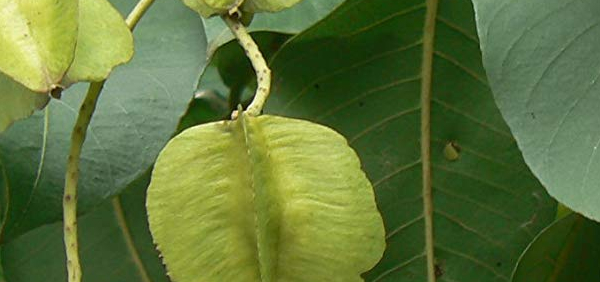addhahpushpi :

Morphology:
Annual herb. Stems 15-40 cm high, much branched, with spreading, not very dense hairs. Leaves sessile, oblong, lanceolate or lanceolate-oblong, lower leaves 5-8 by 0.8- cm, upper leaves 2-4.5 by 0.3-1.2 cm, base in lowermost leaves narrow, in the others broadly rounded, semiamplexicaulous, apex acute or obtusish, midrib distinct, sometimes also a few other nerves visible, hairs spreading-antrorse, arising from groups of mineralized cells on upper side, loose, crispulate on lower side. Inflorescences terminal on stem and branches, leafy, flowers axillary;pedicels 0.8-1.8 cm, curved downwards in fruit, with long, dense, spreading hairs. Calyx c. 1 cm long in flower, up to cm in fruit, cleft to the base into narrowly triangular, basally sagittate lobes 1.2 mm wide in flower, 2 mm wide in fruit, hairs loose, spreading from mineralized cells. Corolla funnel-shaped, lilac, tube c. 5 mm long, limb 1.3-1.5 cm in diam., lobes broadly rounded-acuminate, 7 mm long and wide. Nutlets oblong ovoid, 5 mm long, 2-3 mm wide, smooth, whitish. Pistil: style as long as calyx. Stamens: anthers oblong, sterile, twisted apex 4-5 mm long, densely woolly.
Histology:
Transverse section of leaf of T. indicum R. Br. showed presence of covering trichomes with bulbous base upper and lower epidermis, collenchyma, prisms of calcium oxalate, vascular bundle and palisade cells. Surface preparation showed the presence of wavy epidermal cells, anomocytic stomata, anisocytic stomata, trichomes. Transverse section of Stem of Trichodesma indicum R. Br showed the presence of trichomes with, epidermis, hypodermis, cortex, xylem and pith. Powder study of aerial parts of T. indicum R. Br showed the presence of trichomes, xylem vessels, parenchyma, epidermal cells, fibres, calcium oxalate crystals. The powder of aerial parts was evaluated for proximate analysis such as ash value, extractive value, moisture content, total solid content, and the swelling index, which give idea about the presence of siliceous material, and amount of constituents extracted into different solvent. The elemental analysis of aerial parts showed that plant was free from heavy metal contamination i.e. arsenic, lead. The fluorescence analysis of plant powder showed that plant contains phenolic compounds. Qualitative chemical examination showed that the aerial parts of Trichodesma indicum R. Br, is credited with phytosterol, triterpenoids, tannins, phenolic compounds, carbohydrates, fixed oil, fatty acids mucilage


















